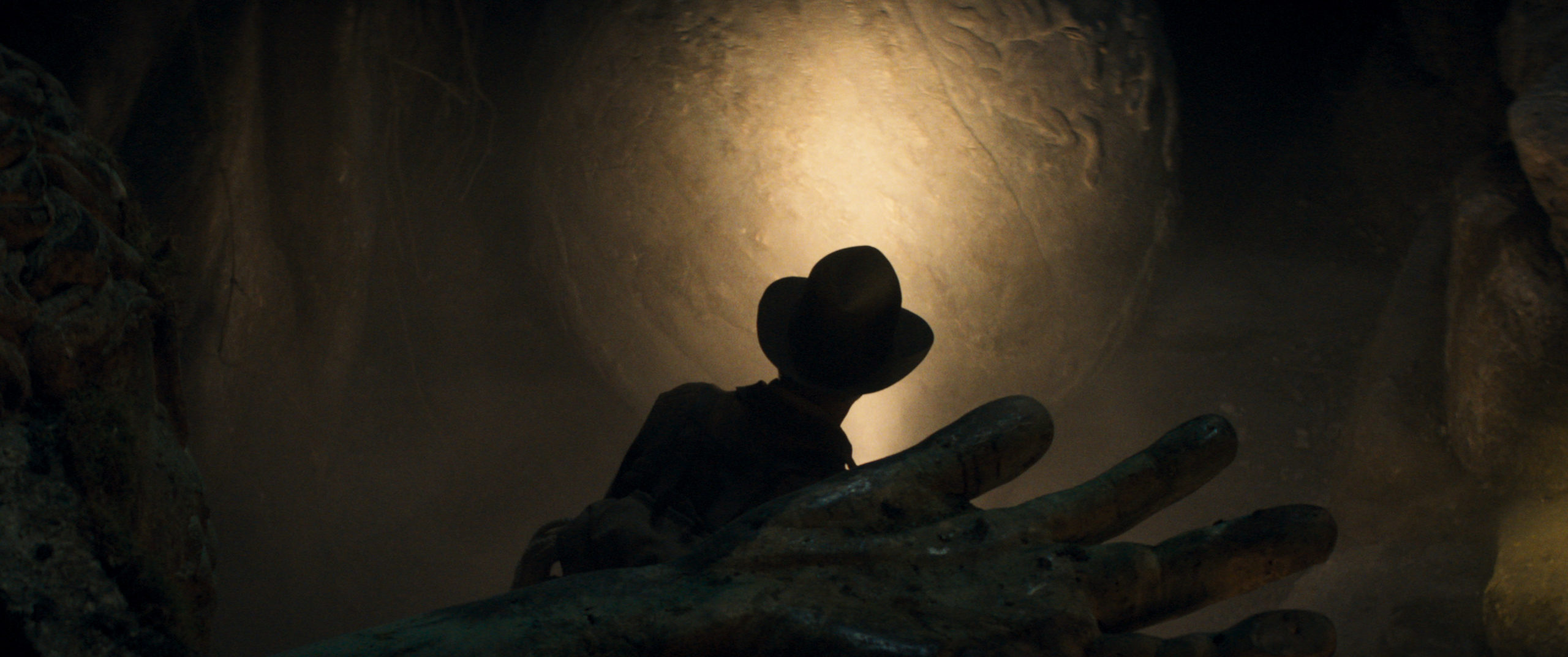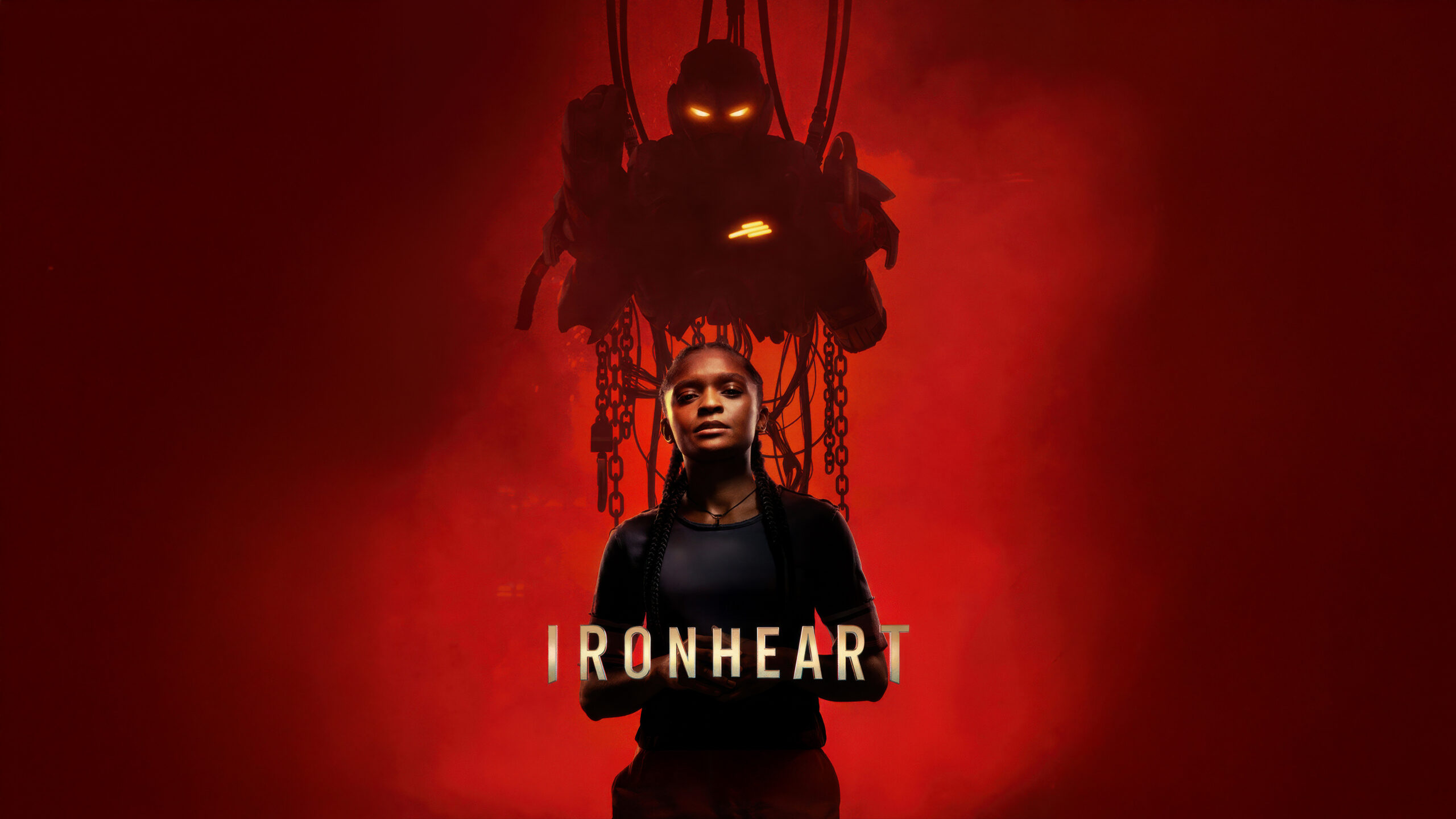![]()
No matter how much we cover about these films leading up to their release, the amount of work that goes into them, and the number of stories that can be derived are almost endless. As such, there’s always a good number of facts and anecdotes that slip between the cracks of all our coverage. If you’re a film junkie like us, audio commentaries serve as great insight into these films from the filmmakers themselves, and the one for Doctor Strange was no exception.
In the Digital HD release of Doctor Strange, director Scott Derrickson delved into many details from the film. From the controversial casting of Tilda Swinton to some of the callbacks and homages he threw into the picture, there were a great number of details we relished in our watchthrough of the audio commentary.
Here are 41 things we learned from Scott Derrickson in the commentary:
- Derrickson recorded the commentary prior to the film’s theatrical release, and therefore had no idea how audiences, critics, or the box office would respond to the movie.
- Derrickson was careful not to make the film too Western-centric, and wanted to make the sorcery feel like a more global product. As such, he had two HQs set in the West, and two in the East.
- Derrickson feels that magic in cinema has grown a bit tired, and thinks we rely too much on tropes
- They had a brain surgeon specialist on set to make sure the work Strange was doing in the operating room felt real.
- Derrickson’s wife is a nurse, so he felt a certain obligation to portray the medical aspect of the film as accurately as he could.
![]()
- Derrickson went through eight meetings before getting his job as director of Doctor Strange.
- Derrickson spent a lot of his own money for his presentation that he made to Marvel Studios.
- The idea of a character who is defined by a certain kind of ego-centrism, expertise, money, and success, and who encounters a real, life-changing tragedy, appealed to Derrickson.
- While Derrickson is drawn to supernatural stories, he always makes the effort to ground the characters, and as such, one of his favorite scenes of the film is early on in an argument scene between Strange and Christine. He adores its grounded nature, and how it feels like a scene that could be pulled out of an indie flick.
- Derrickson didn’t want the magic to feel familiar.
- Derrickson settled on Kathmandu as the second main Eastern city because it wasn’t a far East city, and that it was less familiar than your standard Eastern cities.
- Derrickson also settled on Kathmandu because a recent earthquake to the region had made tourists fearful to go there. He hoped that putting the place on camera would help inspire more people to visit, thereby helping out their local tourist economy.
![]()
- Derrickson felt tortured by the decision of who to cast as The Ancient One. He felt the title itself was based on outdated racial stereotypes and knew that he was basically in a no-win situation.
- Derrickson almost felt like not putting Wong in the film, due to his offensive nature in the source material.
- On Casting Tilda Swinton as the Ancient One: Derrickson very purposely cast a woman Tilda Swinton’s age — one that wasn’t a stereotypical “leather clad fanboy dream girl.†Based on the script, Derrickson couldn’t avoid The Ancient One being a magical, domineering, martial arts mentor with some hidden motives. With that being the case, he worried that casting an Asian woman would immediately peg the character as a “Dragon Lady.†He spoke with Asian American friends, colleagues, film critics, and was advised that he was better off not perpetuating that stereotype.
![]()
- In the scene where Strange is sent on his first mind-trip, we see him careening through a space that looks like it’s surrounded with diamonds. This is a nod to the quantum realm shown in Ant-Man.
- Derrickson grew to see the movie as a tale of a mother and her three sons: the good son in Mordo, the bad son in Kaecilius, and the new son in Strange. Letting Strange in her life was almost a move to redeem herself for allowing Kaecilius to turn bad.
- Benedict Cumberbatch was their first choice for Doctor Strange, but they had to court other actors because at the time, Cumberbatch was busy doing Hamlet. At Derrickson’s request, Feige pushed the release date to allow Cumberbatch to take on the role.
![]()
- Despite his cache of baddies he’s played, Derrickson describes Mads Mikkelsen as one of the most “perpetually positive†actors he’s ever worked with.
- Mads Mikkelsen has always wanted to be in a kung fu movie, and that his need to train for his fight scenes was the big selling point for him taking on the role of Kaecilius.
- The training sequences for Strange were originally shorter, but test audiences loved them so much that they went back and shot more for the theatrical release.
- Because of his casting of Tilda Swinton as The Ancient One, Derrickson felt a responsibility to bring more diversity to the film, and as such, increased the importance of Wong in the flick.
- The creation of the mirror world came out of the desire to make every scene in the movie as weird as the weirdest scene in the other Marvel films, in attempts to live up to the name of Doctor Strange.
- Derrickson doesn’t like the idea of creating a single theme in a movie. He thinks that if you can state a specific theme of your movie that ties everything together, that there is no point in making the movie.
![]()
- Derrickson probably spoke most with Chiwetel Ejiofor on set than any other actor, simply because the actor was so well-versed in history and socioeconomics.
- Derrickson watched 12 Years A Slave the morning he met with Ejiofor to discuss his potential role in Doctor Strange.
- The weird S and M restraint that Kaecilius finds himself in after his first fight with Strange is the film’s interpretation of the Crimson Bands of Cyttorak. The name was originally mentioned in the film, but was eventually cut out as they trimmed the flick.
- They considered using Nightmare as the original villain of the film, but Derrickson felt strongly that Doctor Strange didn’t need a two and a half hour film, and if they went with Nightmare, the narrative would have stretched on for too long, as the character would have required more groundwork.
- The scene with Doctor Strange getting saved by Christine Palmer while having an astral projection fight was based on a similar scene from the Doctor Strange graphic novel The Oath.
- It was important to Derrickson that Christine Palmer was a character not defined by her relationship to Doctor Strange.
![]()
- Derrickson confirms that they were drawing on the visual inspiration from Inception. He called what they did there the “tip of a visual effects iceberg†that they wanted to explore more fully and build upon in Doctor Strange. He likes to think that they’re standing on the shoulders of that visual idea, not ripping it off.
- The balcony chat between Strange and The Ancient One is Derrickson’s favorite scene in the film.
- The cloak collar gag where it dabs at Strange’s face was Benedict Cumberbatch’s idea.
- Hong Kong reverse-fight sequence was a play on the trope of superheroes tearing up a city in the final battle and closing up a portal. Instead, they put a city back together and open a portal up to Dormammu.
![]()
- It was important for the ending deal with time since it’s a thread throughout the movie. Hence their idea in creating the time loop. Derrickson also likens this final confrontation to a boss fight, where you have to die many times to defeat them.
- The Dormammu scene was one of the only scenes that was kept throughout the film’s many drafts. Other than a few line changes, it was pretty much identical in almost every draft.
- In Strange’s first death scene with Dormammu, playing the scene in reverse to get the visual cue of the time loop across was an idea from one of the film’s editors, not a directorial one, nor one that originated in the script.
- Derrickson personally finds Mordo’s philosophy to be too rigid to be applicable to the real world, despite his thoughts that the world needs rules.
- By the end of the film, it was important to Derrickson that Wong was still the master and that Strange was still in training and NOT the Sorcerer Supreme, and was still a guy with a long way to go.
- That shot with Strange walking up the stairs was one that Derrickson went back and shot in slow motion, thinking it could be used in the trailer, which it was.
- Michael Giacchino wrote the theme for the brand new Marvel Studios logo.
Those are some of the highlights we heard in the commentary! Do you have any favorites? Let us know your thoughts down below!
Don’t forget to share this post on your Facebook wall and with your Twitter followers! Just hit the buttons on the top of this page.

 FOR FANBOYS, BY FANBOYS
Have you checked out LRM Online’s official podcasts and videos on The Genreverse Podcast Network? Available on YouTube and all your favorite podcast apps, This multimedia empire includes The Daily CoG, Breaking Geek Radio: The Podcast, GeekScholars Movie News, Anime-Versal Review Podcast, and our Star Wars dedicated podcast The Cantina. Check it out by listening on all your favorite podcast apps, or watching on YouTube!
Subscribe on: Apple Podcasts | Spotify | SoundCloud | Stitcher | Google Play
FOR FANBOYS, BY FANBOYS
Have you checked out LRM Online’s official podcasts and videos on The Genreverse Podcast Network? Available on YouTube and all your favorite podcast apps, This multimedia empire includes The Daily CoG, Breaking Geek Radio: The Podcast, GeekScholars Movie News, Anime-Versal Review Podcast, and our Star Wars dedicated podcast The Cantina. Check it out by listening on all your favorite podcast apps, or watching on YouTube!
Subscribe on: Apple Podcasts | Spotify | SoundCloud | Stitcher | Google Play



